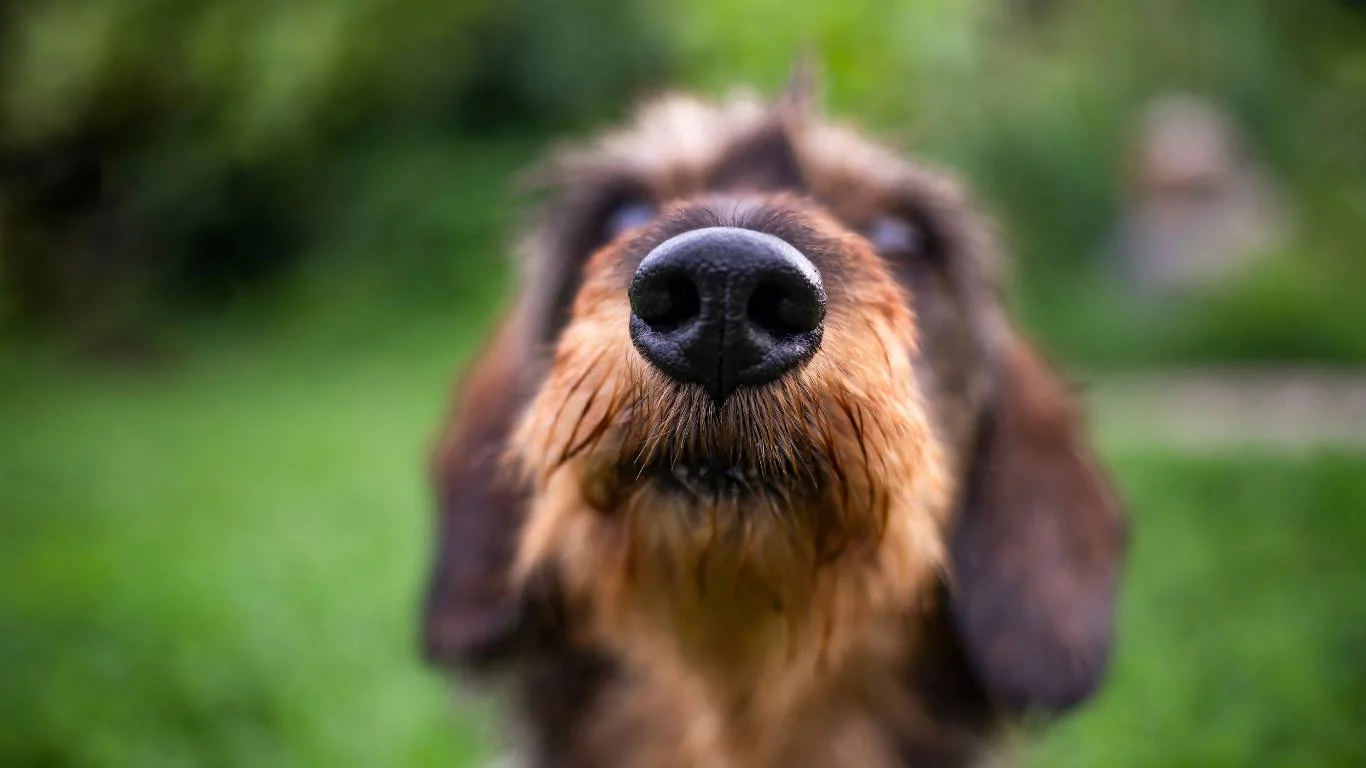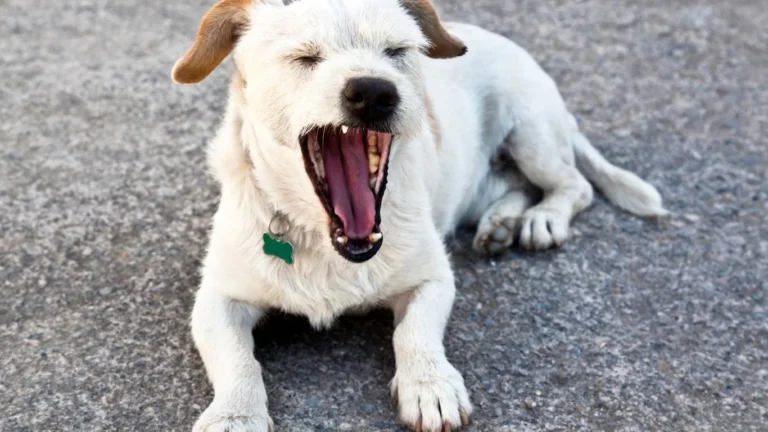Surprising Truth About Yeast Infections in Dog Paws Revealed
Ever noticed your pup obsessively licking or chewing their paws, maybe even to the point of redness or swelling? If you’ve been wondering, can dogs get yeast infections in their paws? — you’re not alone. As a Veterinary Assistant with a special focus on nutrition, I’ve seen this issue pop up way more often than most pet parents would expect. It’s one of those sneaky problems that can easily fly under the radar until your dog is really uncomfortable. Let’s dive into what’s going on and how to spot it early.
What’s Really Going On With Paw Licking?

When a dog starts licking or chewing their paws constantly, many people think it’s just a habit or maybe allergies acting up. But one of the more common (and super overlooked) causes? A yeast infection. Yep, dogs can absolutely get yeast infections in their paws, and let me tell you—it’s not fun for them or you.
Yeast is a type of fungus that naturally lives on your dog’s skin in small amounts. Normally, it doesn’t cause problems. But when the balance gets thrown off (think too much moisture, poor diet, or a weakened immune system), it can multiply like crazy. The result? Itchy, inflamed, and often stinky paws.
What Causes Yeast Infections in Dog Paws?
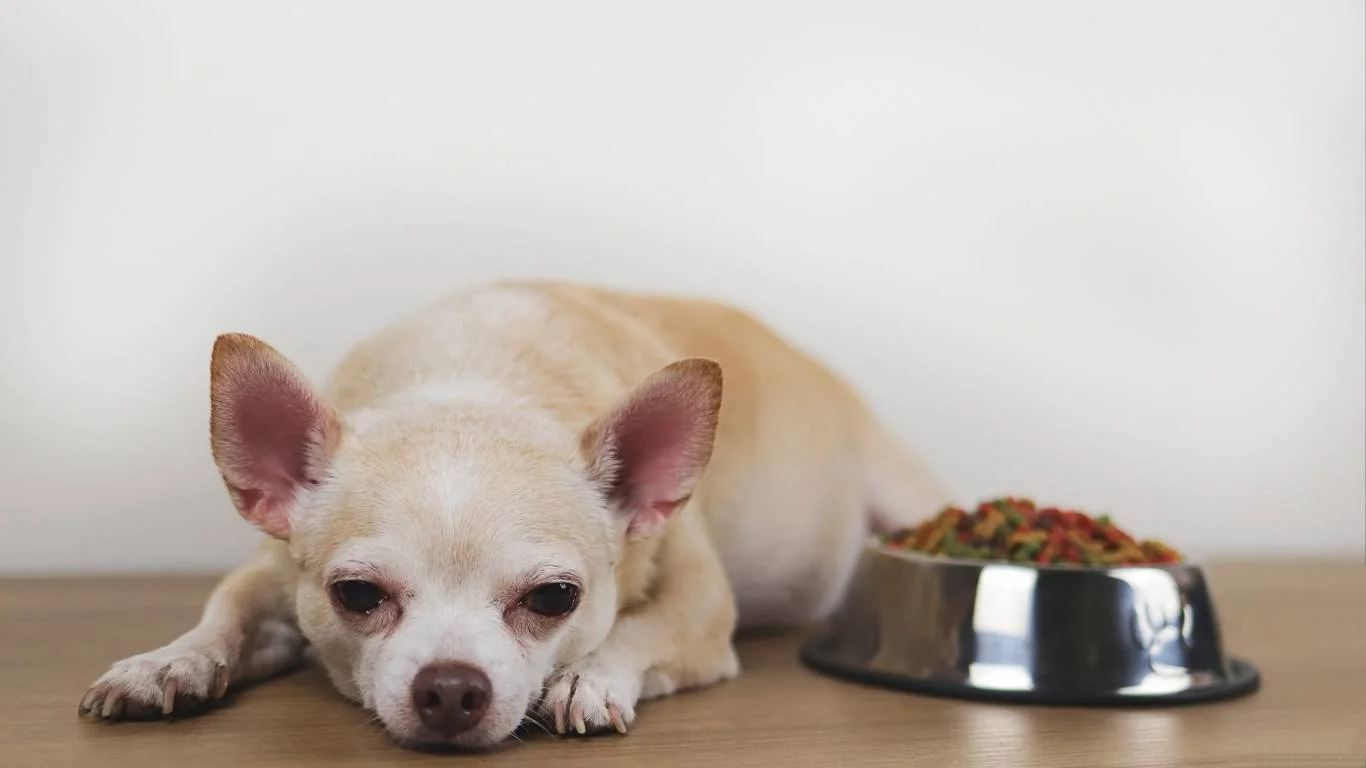
1. Excess Moisture
One of the biggest culprits is trapped moisture. Dogs that love to splash in puddles or walk in the rain can end up with damp, warm paws — a perfect environment for yeast to thrive. I’ve had pet parents tell me, “But he LOVES playing in the sprinklers!” Yeah, totally cute, but you might want to check those paws afterward.
2. Poor Diet and Gut Health
This is where my nutrition geek side kicks in. Diet plays a huge role in skin health. Dogs on high-carb diets or low-quality food tend to have more issues with yeast overgrowth. Why? Because sugar feeds yeast — even the kind of sugar that comes from too many starchy fillers in kibble. I’ve seen dogs improve dramatically just by cleaning up their diet.
3. Allergies
Both environmental and food allergies can cause inflammation, which creates the ideal conditions for yeast. It’s like the immune system gets distracted, and yeast takes the opportunity to go wild. If your dog gets itchy during certain seasons or reacts to certain proteins or grains, yeast might be hitching a ride on that allergy train.
4. Compromised Immune System
Older dogs, pups on long-term medications (like steroids), or those with underlying health issues often struggle more with recurring yeast infections. A weakened immune system just can’t keep things balanced the way it should.
How to Tell if It’s a Yeast Infection (And Not Something Else)

So, what does a yeast infection in the paws actually look like? Based on what I’ve seen in clinic—and in my own dog at home—there are some tell-tale signs:
- Redness or discoloration, especially between the toes
- Itchy, irritated skin – dogs will lick, chew, or bite constantly
- Musty or “Frito-like” smell – yep, the corn chip smell is real!
- Brownish discharge or buildup around the nail beds
- Thickened skin over time (sometimes looks elephant-like)
One time, a sweet lab mix named Rosie came in for what her owner thought was a minor paw injury. But as soon as I caught that funky smell and saw the inflammation between her toes, I knew we were dealing with a yeast party. A few changes in her hygiene routine and some diet tweaks later—she was back to her bouncy self.
Is It Contagious? What You Should Know
This one’s a relief for most pet parents: yeast infections in dog paws are not contagious to other pets or humans. It’s not like a cold you can catch. That said, if one paw is infected, the others can definitely follow if the underlying cause isn’t addressed. I always tell folks—treat the root, not just the symptoms.
How to Treat Yeast Infections in Dog Paws

Alright, so now that we’ve covered what a yeast infection looks like and what causes it, let’s talk about the part every dog parent wants to know: how do you treat it? I’ve worked with plenty of pet parents panicking over their pup’s sore, itchy feet—and believe me, there’s a way through this.
Start With Cleaning and Drying
First things first: keep those paws clean and dry. Honestly, this alone can make a massive difference. I usually recommend using a gentle, dog-safe antifungal wipe or diluted apple cider vinegar rinse (just 50/50 with water). Do it once or twice a day, and always pat dry thoroughly afterward. Yeast loves moisture, so drying is key. One pet parent I worked with started using a blow dryer on the lowest, coolest setting — game changer.
Topical Treatments
There are several over-the-counter and vet-prescribed ointments, sprays, or creams that can help kill off the yeast. Just make sure they’re safe for dogs. Some products have ingredients like miconazole or chlorhexidine that are pretty effective. But—and this is big—don’t skip the root cause. Topicals treat the surface issue, but yeast will come back if you don’t fix what’s fueling it.
Diet Tweaks Make a Huge Impact
This is where my nutrition background really comes in handy. I’ve seen dogs completely turn around just from switching foods. If your dog is on a diet high in carbs or packed with fillers, it could be feeding the yeast. Look for a high-quality, limited-ingredient diet—preferably grain-free and low in starchy carbs like potatoes or peas.
Adding probiotics to their meals can also help restore gut health, which plays a massive role in skin and immune function. Sometimes I’ll suggest omega-3 supplements too—fish oil is gold when it comes to skin issues.
How to Prevent Yeast Infections From Coming Back
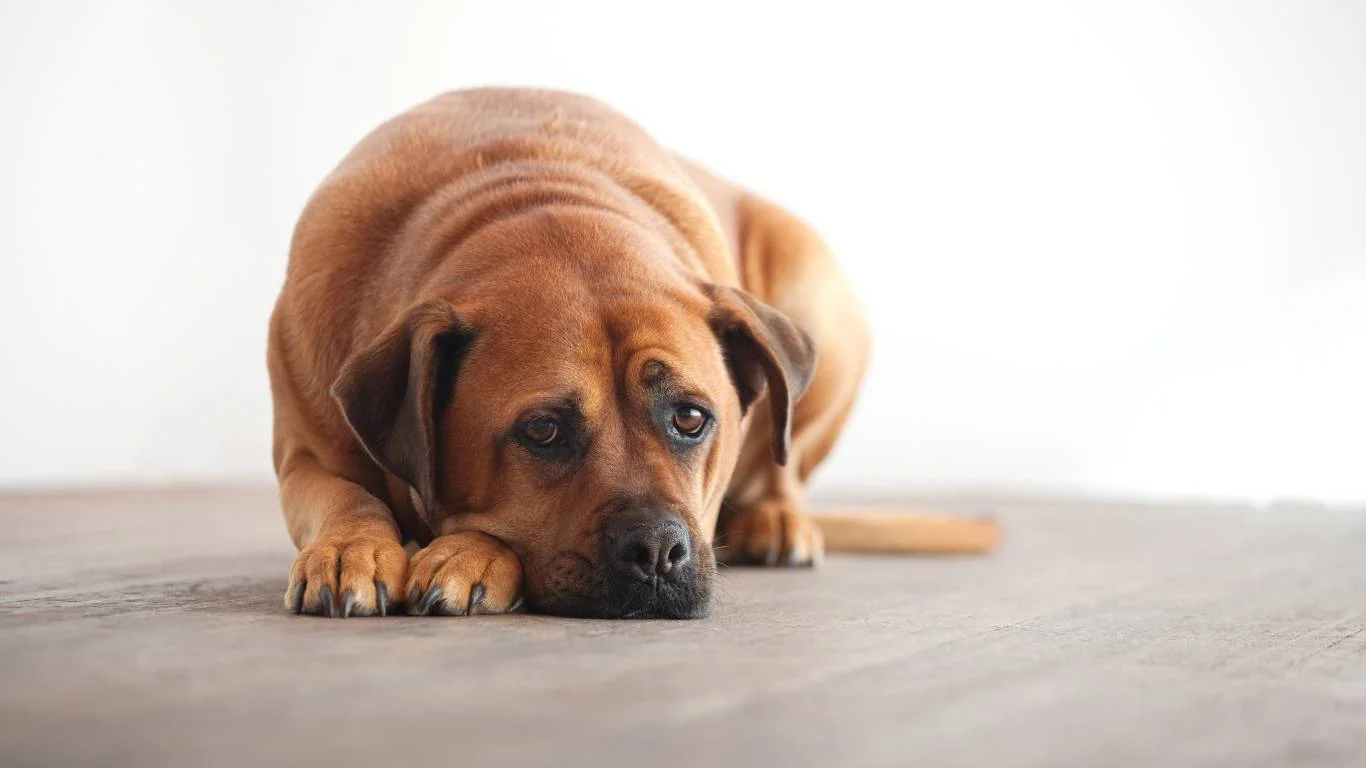
Once you’ve gone through the stress of dealing with a paw yeast infection, you probably never want to deal with it again. Totally fair. Here are a few things I recommend to my clients for keeping their dog’s paws in tip-top shape:
- Keep paws dry – Towel dry after walks, especially in wet weather.
- Trim hair between the toes – This helps reduce moisture buildup.
- Inspect paws regularly – Look for early signs like redness or odor.
- Feed a balanced, anti-yeast diet – Watch those carbs!
- Consider booties – They’re goofy but great for wet grass or city walks.
I had a regular client with a Frenchie who used to get yeast flare-ups every other month. We worked together on cleaning routines, switched her to a better food, and added a daily probiotic. Six months later—no flare-ups and one very happy pupper.
When to Call Your Vet

Sometimes, despite your best efforts, yeast infections can get stubborn. If the symptoms are getting worse, spreading, or just not improving after a week or two of at-home care, it’s time to call your vet. They might recommend a stronger prescription treatment or even check for underlying issues like hypothyroidism or allergies.
One time, a doodle named Max came in with what looked like a simple yeast infection, but it just wasn’t clearing up. Turns out, he had a thyroid issue that was throwing his whole system off balance. Once that was treated, the yeast cleared right up. So yeah—trust your gut, and don’t wait too long if something feels off.
Bonus Tip: Keep a Paw Care Routine
Consistency is key. I always tell pet parents to add paw care to their regular grooming routine. It doesn’t have to be complicated—a quick wipe after walks, check between the toes, keep the nails trimmed. Think of it as doggy self-care!
So yes, dogs can get yeast infections in their paws, but with a little know-how, some solid habits, and a bit of patience, it’s absolutely something you can manage—and prevent. I’ve seen so many pups go from itchy and miserable to totally comfortable and zoomie-ready, just by making a few smart changes.
Holistic Support for Paw Health

Now that we’ve covered how to treat and prevent paw yeast infections, let’s talk about the bigger picture—how to support your dog’s overall health naturally and holistically. Over the years working with pups in the clinic, I’ve learned that it’s never just about the paws. A healthy immune system, strong gut, and balanced skin microbiome all work together to keep yeast in check.
I’m a big fan of combining traditional treatments with gentle, holistic approaches. Not everything has to come from a pill bottle! Here are a few supportive options I often recommend to pet parents:
- Probiotics: Look for a canine-specific formula to help maintain healthy gut flora.
- Apple Cider Vinegar: Not just for cleaning! A little in your dog’s water (with your vet’s okay) may help rebalance internal pH.
- Omega-3s: Anti-inflammatory and amazing for skin health. Fish oil is a go-to.
- Digestive enzymes: Help your dog break down and absorb nutrients better, which can reduce inflammation.
One of my favorite success stories involved a senior dachshund named Rudy. He had recurring paw yeast infections for over a year. We added a probiotic, switched his food to a fresh, low-carb diet, and gave his paws weekly soaks. Within a couple months—no more red, itchy feet. His owner cried happy tears. It was a team effort, and Rudy totally stole my heart.
Common Myths About Yeast Infections in Dogs
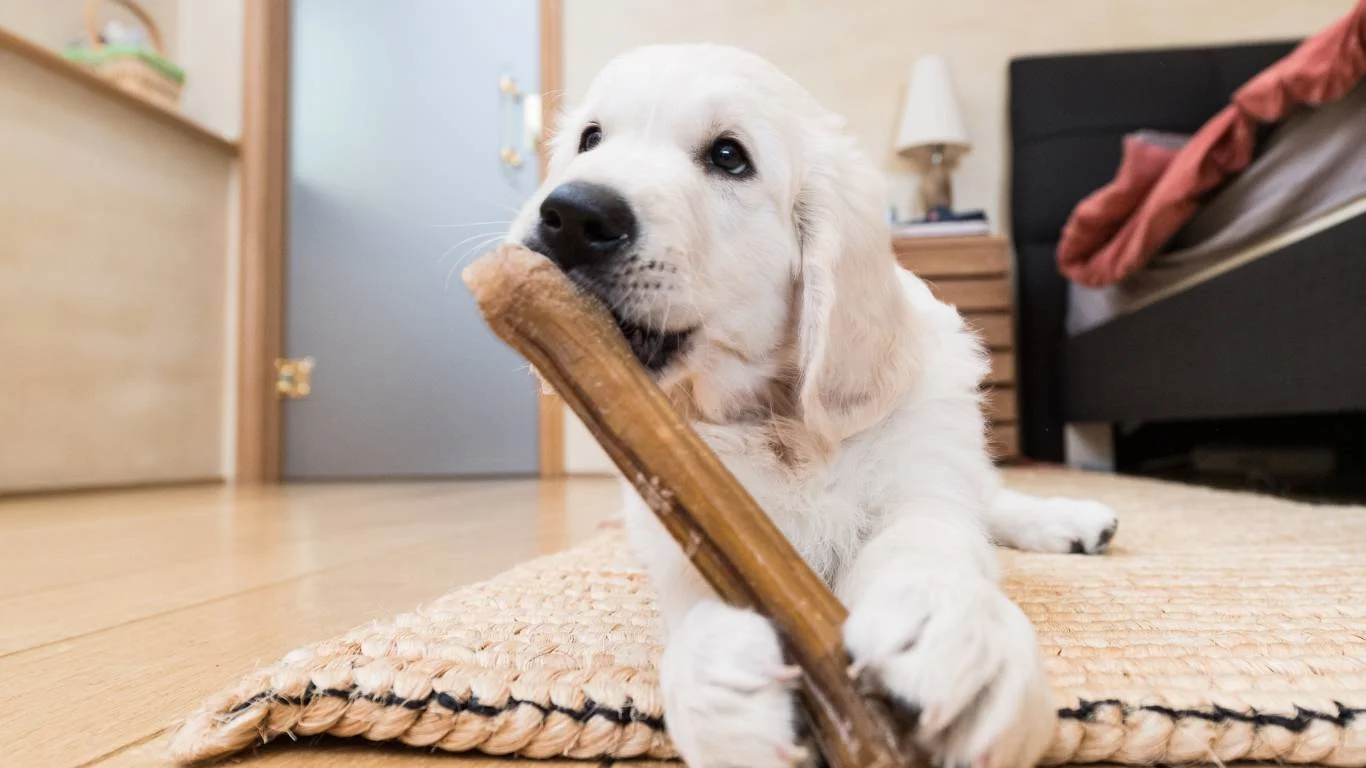
There’s a lot of misinformation out there about yeast infections in dogs, especially when it comes to paws. Let’s bust a few myths I’ve heard more than once in the clinic:
Myth 1: It’s Just Allergies
Sure, allergies can play a role, but they’re not the whole story. I’ve seen plenty of dogs with clean diets and no known allergies still develop yeast overgrowth—because moisture or immune function played a bigger role. Don’t get tunnel vision.
Myth 2: You Can Cure It Overnight
I wish. Most cases need consistency and time. Even if symptoms clear fast, you’ve got to keep up the routine to avoid rebound flare-ups. Patience and prevention are your best friends.
Myth 3: Human Products Are Fine
Please, no. Human antifungal creams, essential oils, or random ointments might make things worse. Always use vet-approved or pet-safe products. I’ve seen more than one dog come in with chemical burns because of a well-meaning DIY gone wrong.
Building a Healthy Routine (That You’ll Actually Stick To)
If you’re feeling overwhelmed, you’re not alone. Many of the pet parents I’ve helped over the years started out that way. The trick is to build a simple, sustainable routine that fits into your life. Here’s a sample weekly paw care schedule I often suggest:
- Daily: Wipe paws after walks, especially if wet or muddy
- 2–3x per week: Soak paws in diluted apple cider vinegar or antifungal rinse
- Weekly: Inspect paws closely for any redness, swelling, or odor
- Monthly: Trim hair between paw pads and around nails
Consistency makes a difference. I always remind folks—it’s easier to maintain healthy paws than to treat an infection after it starts. And your pup will thank you with less discomfort (and fewer vet visits!).
When It’s More Than Just the Paws
If your dog is dealing with chronic yeast issues not just in their paws but also in ears, skin folds, or elsewhere, that could be a red flag for something systemic. Underlying conditions like Cushing’s disease, hypothyroidism, or immune dysfunction can make yeast a recurring nightmare. This is where partnering with your vet really matters.
In some cases, your vet might suggest bloodwork, a special elimination diet, or long-term medication. It’s all about digging into the root cause, not just treating symptoms on the surface. As a Vet Assistant, I’ve seen how early intervention and teamwork between you and your vet can turn things around faster than you’d think.
Final Thoughts: Yes, Dogs Can Get Yeast Infections in Their Paws
To wrap it up: yes, dogs can get yeast infections in their paws, and yes, you can absolutely handle it with the right knowledge and care. From recognizing the signs early to treating naturally and preventing recurrence, you’ve got tools and options. And if you ever feel stuck, don’t go it alone—your vet (and vet assistants like me!) are here to help.
Your furry friend counts on you not just for belly rubs and treats, but for health and comfort too. Take it one paw at a time. You’ve got this!
References
- American Veterinary Medical Association
- Cornell University College of Veterinary Medicine
- VCA Animal Hospitals
Disclaimer
This article is based on personal experience and professional observations as a Veterinary Assistant with a nutrition focus. It is intended for informational purposes only and should not be considered a substitute for professional veterinary advice, diagnosis, or treatment. Always consult your veterinarian before starting any new treatment or making significant changes to your dog’s care routine.
